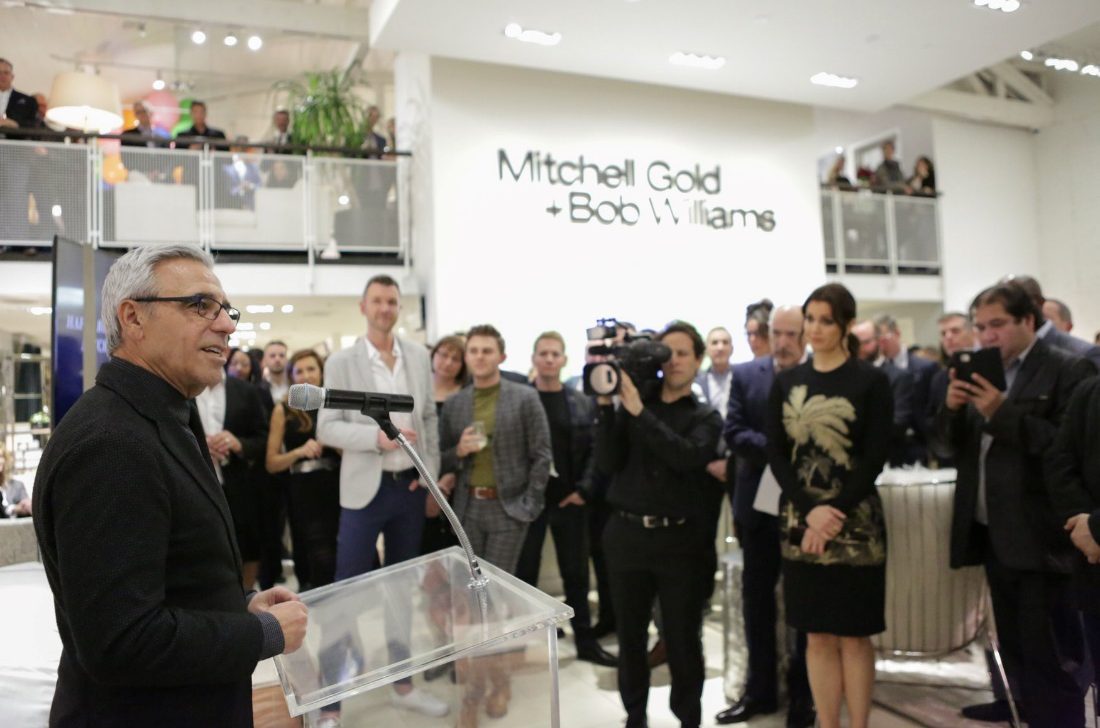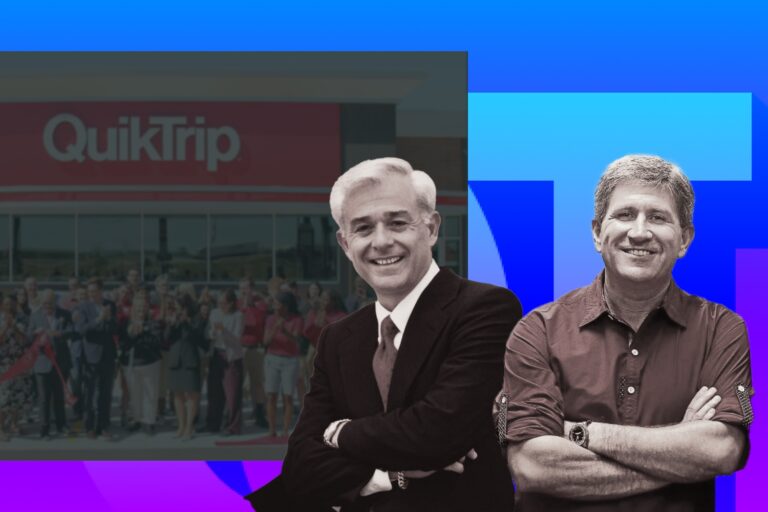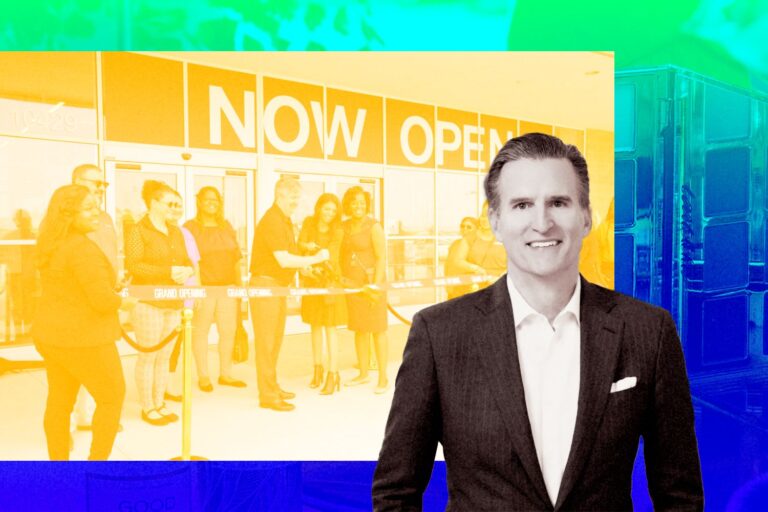Mitchell Gold + Bob Williams and How It Made “Artisans of Comfort” Happen
The effect on customer behaviour and industrial patterns of the Covid-19 crisis has enhanced the relevance of digitalization and automation to the furniture industry. Online-savvy buyers demanding customized buying opportunities and affordable pricing are forcing suppliers of furniture to innovate in their current workflows. While advancements in digital technology and communication tools enable furniture managers to adapt more quickly to shifts in customer demand, reap cost-saving benefits, and improve their operational performance, advances in digital technology and communication tools.
Mitchell Gold + Bob Williams – one of the most sought-after tastemakers in the furniture business, also came up with an innovation to survive in the coronavirus era. Moreover, they also embraced CSR (Cooperate Social Responsibilities) practices to make an impact on how communities, customers and employees view its business.
Before delving into MG+BW’s operation to know whether CSR strategies bring any value to MG+BW company. Or,how did they intergate technology into their business? Let’s read on to gain better understanding about this brand.
Mitchell Gold + Bob Williams: The Artisans of Comfort
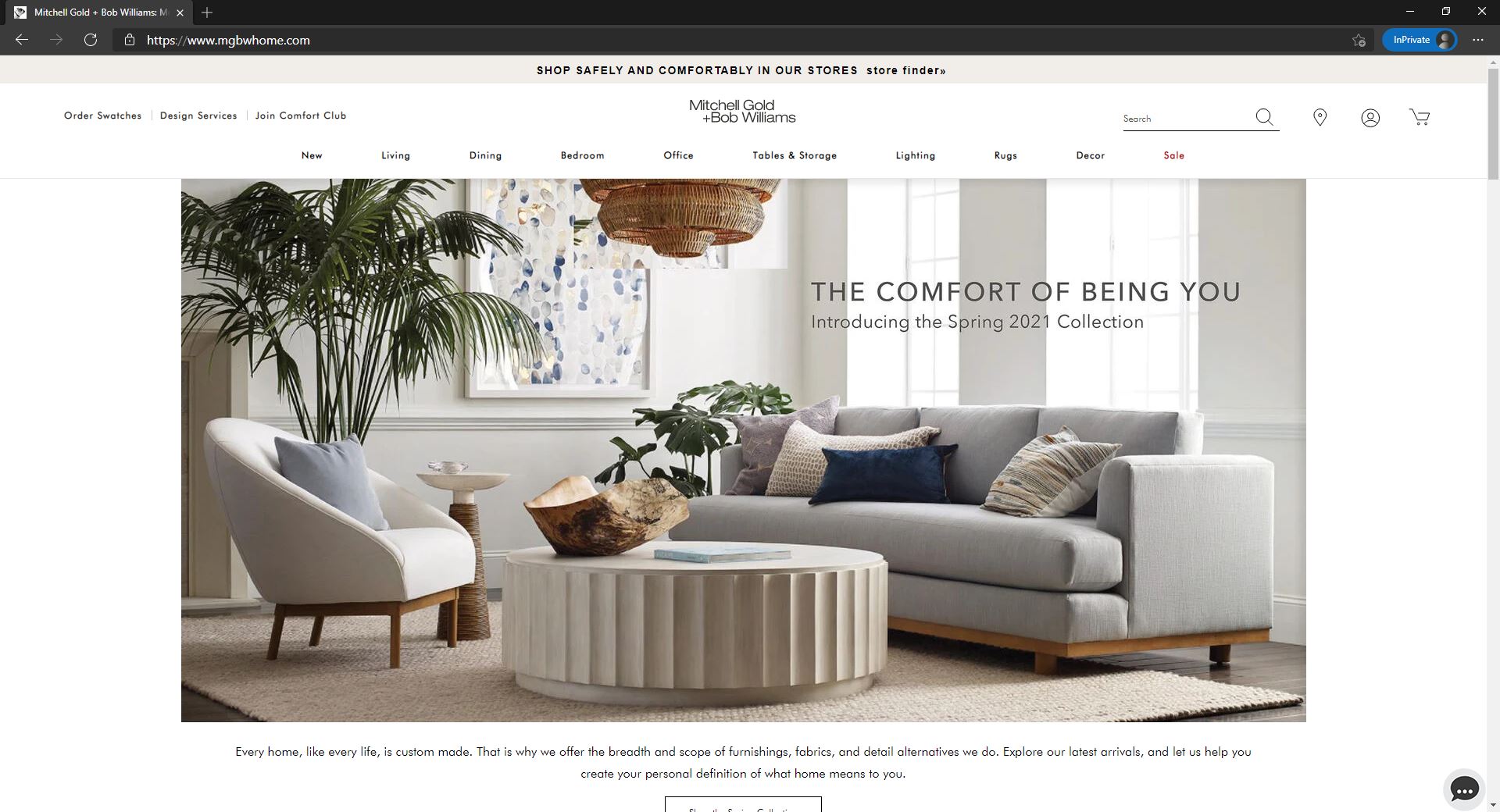
Established in 1989 in the town of Taylorsville, NC, by chairman Mitchell Gold & design president Bob Williams, Mitchell Gold + Bob Williams – a renowned home furnishings company offers eco-friendly, US-made upholstery plus tables, storage, lighting & more, available in a growing chain of Signature Stores, online & in national fine home shops.
It operates a state-of-the-art production and distribution center covering approximately one million square feet that serves the expanding grocery, wholesale, office, and contract/hospitality sectors of the company.
This gem of a business has expanded from its home in Taylorsville, North Carolina, to a workforce of over 700 people with stores both in the US and overseas.
In North Carolina, Mitchell Gold + Bob Williams has developed itself as a fantastic place to work, and it is number 3 on Zippia’s Taylorsville, NC list of Best Companies to Work with.
MG+BW is on a mission to make the world a more comfortable (and stylish) place – for everyone. With this in mind, Mitchell Gold + Bob Williams advocates for democracy and civil rights; a wide variety of humanitarian activities are proactively sponsored.
Since 2014, the business has been backed by the Stephens Group, a family-owned investment fund based in Little Rock, AR. The Stephens Group uses its permanent funding base and vast resources to help private businesses in search of their long-term plans with convincing growth prospects.
What MG+BW Did to Make Financial Sense
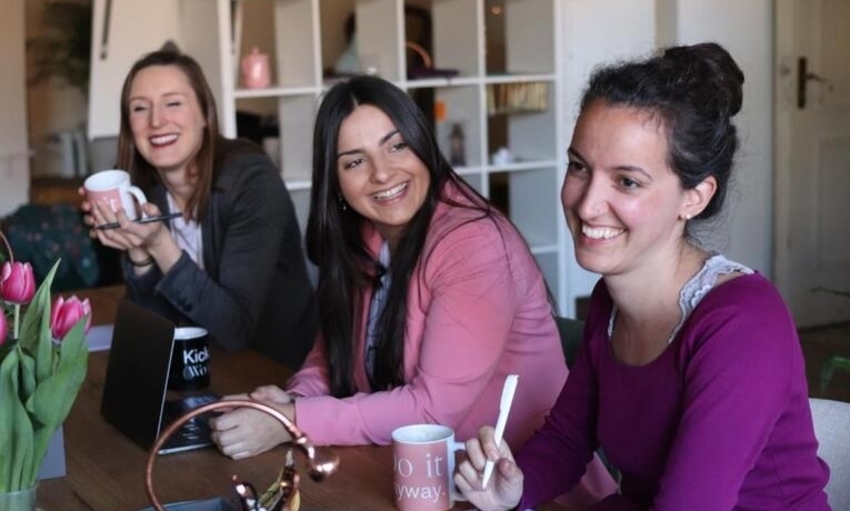
To Win in The Marketplace, You Must First Win the Workplace
Employee wellness has become a complex cornerstone of CSR (Corporate Social Responsibility) and there are numerous ways for company to build initiatives that support their staff members’ lives.
Due to Mitchell Gold’s previous experience at his old company, the way that firm treated gay people, African Americans, even the customers—it was just crappy. It was quite bigoted for him to work in such a bad working environment, so at MG+BW he does not want his employee to have the same feeling as he did. MG+BW was started with a touting of its company ethos including many employee-friendly perks that help draw top talent.
At this former business, a notable example is that if you had a cup of coffee, they had these sales machines with these little cups of hot, lousy coffee burning, for 30 cents in those days, which will now be a couple of dollars. It was ludicrous. So, when Mitchell Gold and Bob Williams started their company, Mitchell thought “What if we put in Bunn coffee makers?” They don’t have to make money off selling coffee to their employees. Moreover, they found out that no other factories in Nort Carolina were air conditioned in the 1980s. So, MG+BW started getting people to apply to work for them because they had air conditioning, they had coffee.
Mitchell Gold also realized MG+BW had employees with children, so a childcare facility was built for serve that necessary demand. And then it was healthcare, which is so critical because it’s tough to keep production on track when you have absenteeism in a warehouse. “Let’s get everyone healthy” was what MG+BW aimed for to build a place that all associates would be happy to work.
Mitchell Gold also argued that “When you’re making quality product, one of the ways you achieve quality is through a consistent workforce. So, if you have a labor force that is constantly out, or who are quitting and being replaced, it’s very hard to maintain a quality level. By doing the things we do, we have very low turnover. So financially, though it’s hard to assign a value to these things… we have the highest productivity and profitability per employee. So, though we started doing these things because they were the right thing to do, then we realized, ‘Wow, this really works.’”
As reported, Mitchell Gold + Bob Williams is ranked #44 on the Best Hospitality Companies to Work for in North Carolina list. Rankings are based on government and proprietary data on salaries, company financial health, and employee diversity.
On the one hand, workers at neighboring businesses have benefited too. “Mitchell and Bob are always willing to give their employees benefits that nobody else has,” notes Cass Ballenger, a retired Republican congressman who owns a business in nearby Hickory, N.C. “In order to compete, other companies have begun to follow suit.”
The Customer is Always Right
The COVID-19 pandemic has resulted in a dramatic worldwide unparalleled threat to public health, food supplies and the world of work. Customers turn their homes in the pandemic period to fit life, and they are increasingly turning to shopping for furniture online. Lots of brick and mortar stores had to be shut down due to a low customer traffic. Furniture brands, manufacturers and retailers, therefore, need to look for technologies to survive.
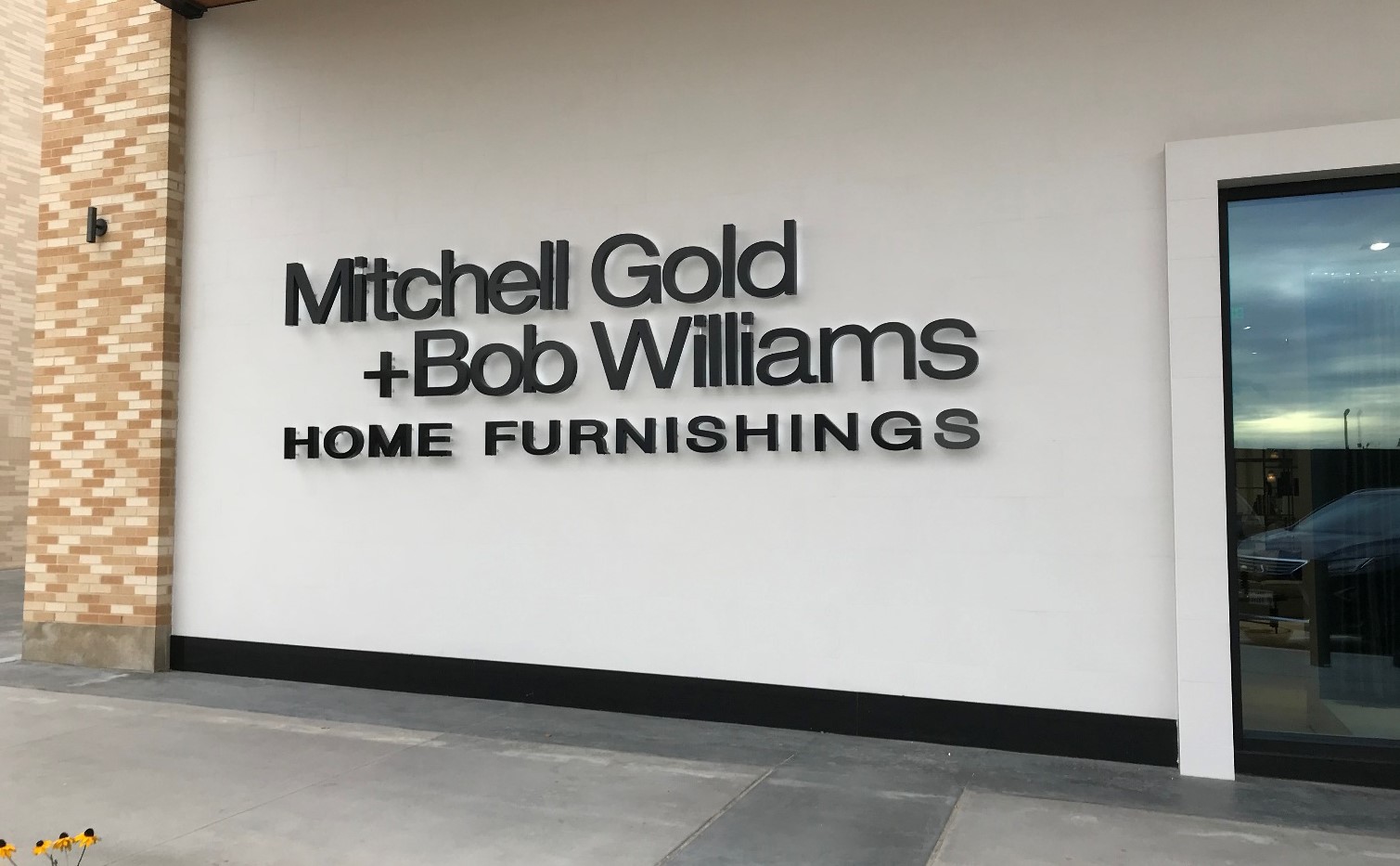
In the last couple years, High-end upholstery maker Mitchell Gold + Bob Williams has launched its free Interactive In-Home Design service nationwide for its store buyers, enterprise, and construction customers. The Virtual In-Home program will extend to cover communities throughout the United States, beginning with four markets.
The program takes the increasing number of buyers and customers who seek to select furniture for their homes from their homes to both current and newly hired MG+BW designers while obtaining every aspect of a handcrafted, personalized, and personal design experience.
Mitchell Gold + Bob Williams designers will use interactive video technologies to extend their skills to the company’s growing range of home furnishing solutions and the more than 625 fabrics and leathers that the company provides to develop individual design solutions, including a specially designed Kravet collection. Mailing swatches to either venue can support precise assistance with fabric choosing. The cherished partnerships and cooperation of the brand with the interior design community is also a deliberate priority of the program, adding pace, ease, and comfort to meet the commitments made to the clientele of MG+BW.
“We have seen how tomorrow has become today, and we have understood how to react and respond to how our customers now increasingly want to shop,” says Allison O’Connor, president, and CEO of Mitchell Gold + Bob Williams since 2019. “In the past few months, as we have moved to offering virtual design appointments with our highly credentialed designers, about half of our appointments have been with new customers in locations where we do not have a store, while we have also been able to grow our customer base radius in geographic areas where we have store locations.”
Allison said that as the curriculum grows, the organization plans to recruit and train additional designers.
“Everyone is becoming more comfortable working online, and we have developed a complete and new online design process, bringing the benefits of working with our design professionals directly to our customers with all the beauty and experience of creating MG+BW custom upholstery and seating for them, while also broadening our collections across case goods, rugs, accessories and décor,” she says.
How MG+BW Manipulated their Operational Issues
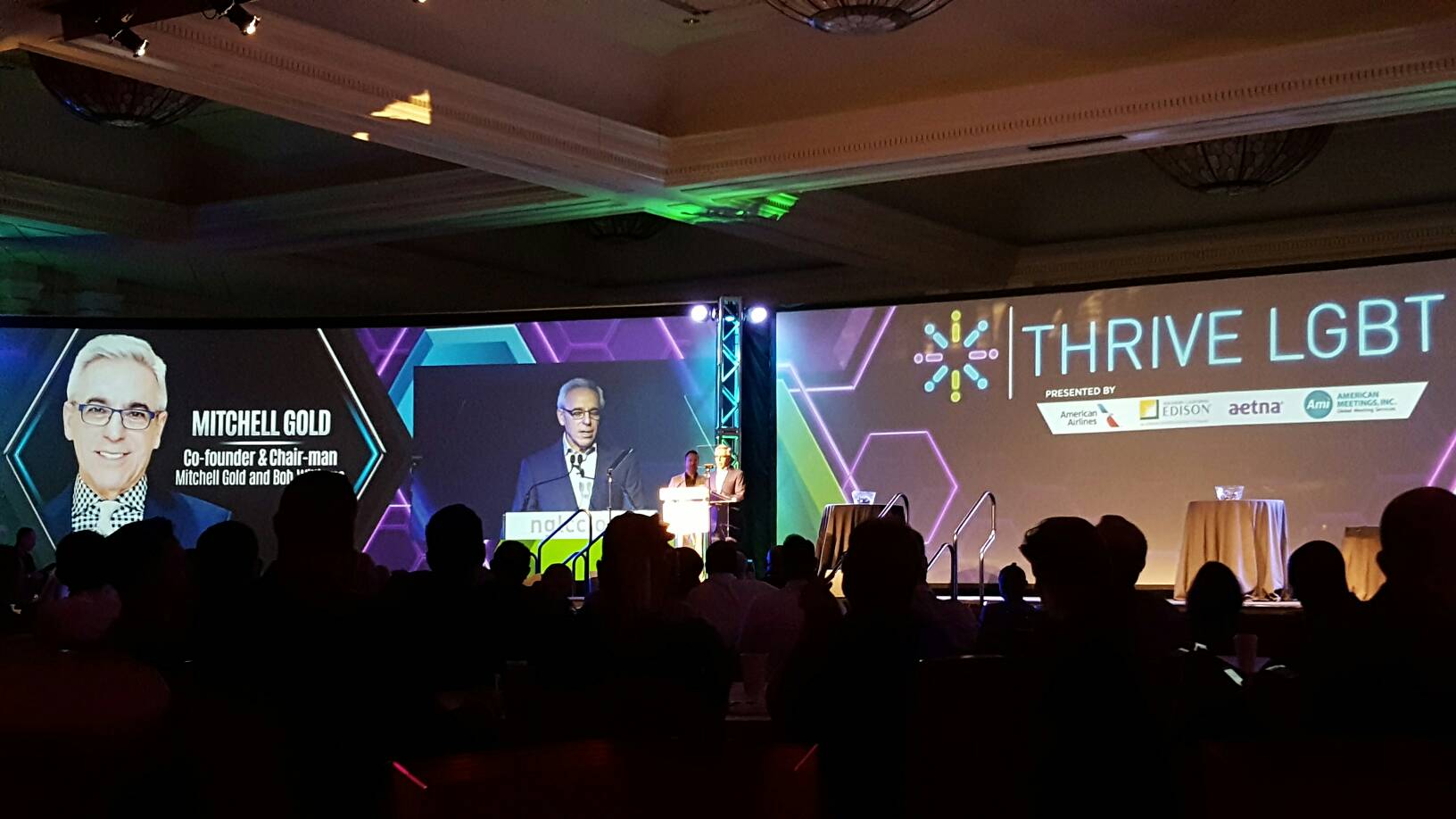
Lesson #1: People Ignore Design that Ignores People
Day-to-day experiences can be a key consideration impacting the architecture and performance when designing a consumer interface. The best and most cost-effective approach to produce proposals for improvement is to always listen to the people, be vendors, customers, agencies, or advisors, who direct and use your e-commerce platform.
Lesson #2: The Way for Staying on Top of Things
MG+BW don’t use focus group. Their target group is themselves, in their own homes, and what they want to live for. Yet they’re digging at what’s going on in pop culture. Such are the main barometers: film, fashion, music, tv. Any material is really out there and progressive. There is stuff that are more mainstream, a little bit. And they try to find the sweet spot for the two of them.
On the one hand, contemporary designs and the use of unusual upholstery fabrics have propelled the business. “When we started out, we noticed that a lot of people were wearing prewashed jeans,” Bob Williams recalls. “So we started applying that philosophy to our upholstery: We look at what fabric people are wearing and put it on furniture.”
Working well with retailers such as Crate & Barrel, Restoration Hardware and Pottery Barn is another key to growth. The trick, says Bob Williams, is to build product lines which, while catering to the design of each store, stay true to the Mitchell Gold philosophy. The dramatic club chair look is favored by Renovation Hardware, for example, while Pottery Barn prefers relaxed couches. “Most of the time, I just come up with ideas, then figure out which customer would groove on that idea the most,” Bob says.
Lesson #3: Consistency Builds Confidence
As the business has grown, Mitchell Gold and Bob Williams have emphasized investing in the people, adding benefits like an on-site clinic, a gym, and scholarships for employee’s kids. Since “we respect our employees and, in turn, they respect us. We have really low turnover. MG+BW’s motto is “Consistently Good Quality, Consistently On Time,” Mitchell said. MG+BW can only do that with employees who know their job and are here. “If you have high turnover, you’re constantly training people,” Mitchell explained. A consistent workforce stimulated the business to be able to run lean. Moreover, how can the cost of some of these things be justified? According to Bob Williams, instead of looking at them as expenses, let’s see them as assets because of what they add to the bottom line in terms of productivity. “We are a family business in the sense that we all care about each other,” Bob said.
Lesson #4: Employees Engage with Employers and Brands When They’re Treated as Humans
Mitchell Gold and Bob Williams want everyone in this company to feel they have equal opportunity. They want everyone to know that at work there’s no such thing as discrimination. Everyone is a family business in the sense that they all care about each other. More than 20 years ago, they told their new head of human resources they wanted him to be an advocate for his employees, not a person they feared. People should know they can come and talk to his team.
Mitchell Gold and Bob Williams believed that the open and inclusive culture in the workplace will encourage the employees to contribute ideas and take risks. “We think it’s really important for people to feel comfortable failing,” Mitchell said. Work is a social activity and that takes trust. People should be able to know their voice and ideas matter themselves, and feel free to speak their minds. Additionally, without a culture that breeds trust and a diversity of ideas, people aren’t going to feel safe trying something even if it doesn’t work. It is true that the success was built on by learning from failure.
Bottom Lines
By adding environmental knowledge of shape, feature, fashion, and full-cycle to these product stories through an extended Interactive In-Home Design program, the organization successfully aims to link increasing numbers of consumers with its distinguished and differentiated home vision as the vital place of comfort and desire. Not only technology but also the CSR practices are well invested in to generate happy virus demanding for the associates’ convenience within the workplace environment.

